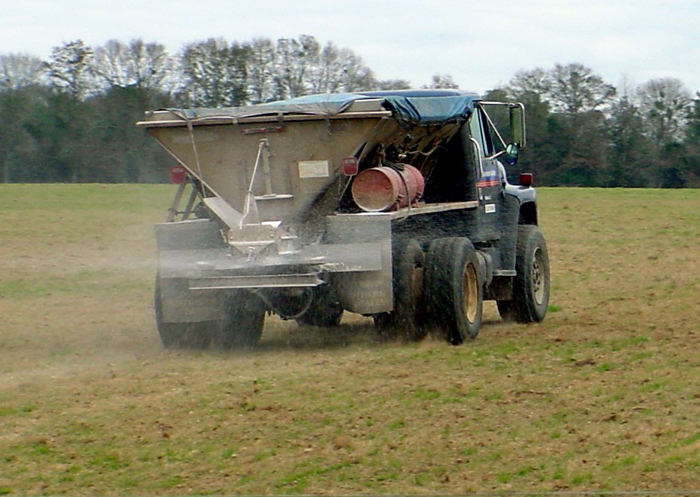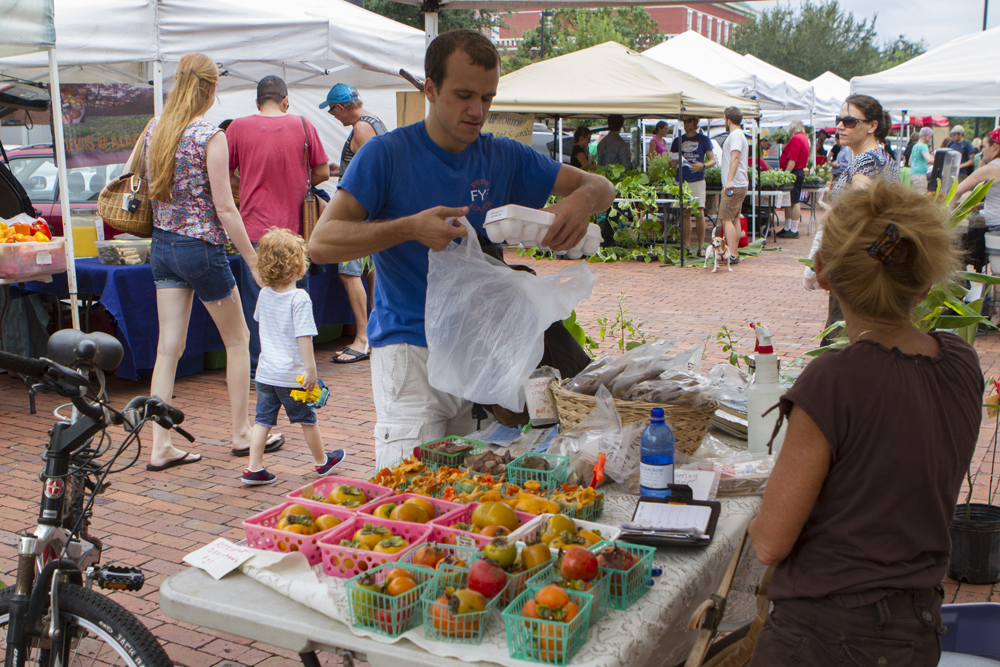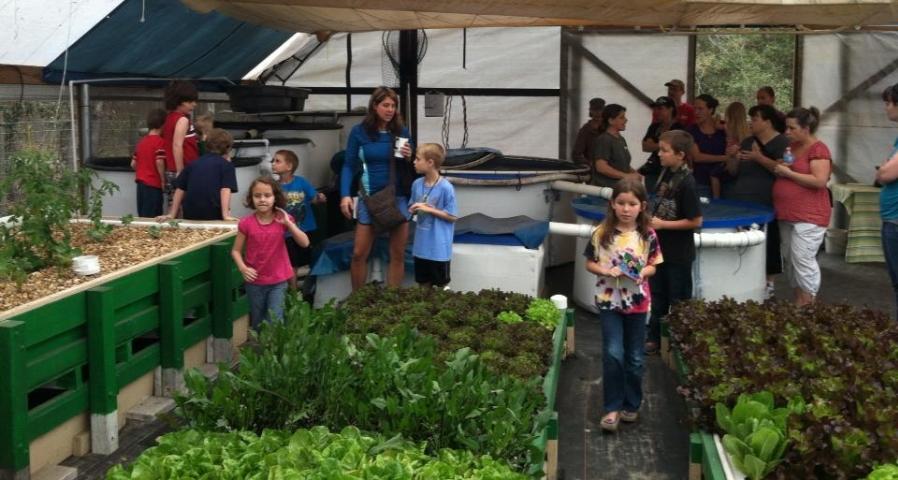The University of Florida IFAS Extension offers a database of fact sheets available for free download on the Internet called EDIS (Electronic Data Information Source) that has many publications of interest to farmers and ranchers in Northwest Florida. Each fact sheet has a PDF or printer friendly link in the top left corner. The following are just a few of the new fact sheets that were recently added to the collection pertaining to commercial agriculture production. http://edis.ifas.ufl.edu
Controlled-Release and Slow-Release Fertilizers as Nutrient Management Tools
There are many fertilizer sources available for commercial crop production. The characteristics of each fertilizer type determine whether its use poses an advantage or a disadvantage to a farmer. This 6-page fact sheet focuses on how to select the right fertilizer to enhance profitability and satisfy best management practices (BMPs). Written by Guodong Liu, Lincoln Zotarelli, Yuncong Li, David Dinkins, Qingren Wang, and Monica Ozores-Hampton, and published by the UF Department of Horticultural Sciences, October 2014. (UF/IFAS Photo by Thomas Wright)
http://edis.ifas.ufl.edu/hs1255
Fertilizer Recommendation Philosophies
Farmers receive varying fertilizer recommendations depending on which lab they consult because labs employ different chemical methods and procedures to analyze the samples and subscribe to different fertilizer recommendation philosophies. This 4-page fact sheet explains the main soil-test philosophies, their basis, and their applications, and explains why the Sufficiency Level of Available Nutrient philosophy (SLAN), also called the Crop Nutrient Requirement (CNR), is most likely to be the best to govern fertilizer recommendations in Florida today. Written by George Hochmuth, Rao Mylavarapu, and Ed Hanlon, and published by the UF Department of Soil and Water Science, October 2014. (Photo by George Hochmuth, UF/IFAS)
http://edis.ifas.ufl.edu/ss623
Consuming local vegetables from our local growers
In recent years, consumers increasingly are seeking out locally grown foods, due to concern for freshness, food safety, and the carbon footprint associated with food sourced from distant places. This 5-page fact sheet promotes local vegetable consumption by pointing out some of the advantages, benefits, and business opportunities associated with local vegetable production and consumption. Written by Qingren Wang, Edward A. Evans, Margie Pikarsky, and Teresa Olczyk, and published by the UF Department of Horticultural Sciences, September 2014.
http://edis.ifas.ufl.edu/hs1251
A Farm to School Procurement Calculator for Specialty Crop Producers and School Food Service Staff
Florida Farm to School programs are designed to connect producers with schools. But school food service staff make their purchasing decisions in terms of servings and producers pack their products by weight. General calculators and guides designed for national Farm to School programs don’t address Florida’s diverse production of fresh fruits and vegetables. This procurement calculator and guide for Florida Farm to School programs was written by Jonathan A. Watson, Danielle Treadwell, Anna Prizzia, and Kelli Brew, and published by the UF Department of Horticultural Sciences, September 2014.
http://edis.ifas.ufl.edu/hs1250
A Practical Guide for Aquaponics as an Alternative Enterprise
Aquaponics is an intensive sustainable agricultural production system that connects hydroponic and aquaculture systems to produce multiple cash crops with reduced water and fertilizer inputs. It is highly suited for small farm producers targeting local markets and agritourism opportunities. This 10-page fact sheet was written by Richard Tyson and Eric Simonne, and published by the UF Department of Horticultural Sciences, September 2014.
http://edis.ifas.ufl.edu/hs1252
Description of Enhanced-Efficiency Fertilizers for Use in Vegetable Production
In response to the Federal Clean Water Act of 1972 and the Florida Restoration Act of 1999, a series of best management practices (BMPs) was implemented to improve surface and ground water quality. BMPs are cultural practices that, when implemented as a plan, help reduce the environmental impact of production while maintaining yield and quality. One of these BMPs includes the use of controlled-release fertilizer, which is an enhanced-efficiency fertilizer. This publication describes the common enhanced-efficiency fertilizers and the factors affecting their use in Florida vegetable production. This 9-page fact sheet was written by Luther Carson and Monica Ozores-Hampton, and published by the UF Department of Horticultural Sciences, October 2014.
http://edis.ifas.ufl.edu/hs1247
Factors Affecting the Choice of Irrigation Systems for Florida Tomato Production
Several economic factors should be considered in selecting an agricultural irrigation system. This 7-page fact sheet compares two widely used irrigation systems for tomato production: seepage and sub-surface drip irrigation. Written by Jenna Rogers, Tatiana Borisova, Jeffrey Ullman, Kelly Morgan, Lincoln Zotarelli, and Kelly Grogan, and published by the UF Department of Food and Resource Economics, October 2014. (UF/IFAS Photo: Tyler Jones)
http://edis.ifas.ufl.edu/fe960
Jalapeño and Other Hot Pepper Varieties for Florida
The jalapeño is derived from the Capsicum genus of the family Solanaceae. Jalapeños are members of a diverse group, which also include ancho poblano, cayenne, serrano, Anaheim, banana, Asian, habanero, and Hungarian wax peppers. Hot peppers are classified by their heat and shape. The heat of the pepper comes from the chemical compound capsaicin, which is measured by the Scoville scale. This 8-page fact sheet is a guide of jalapeño and other hot pepper varieties used in Florida was written by Monica Ozores-Hampton and Gene McAvoy, and published by the UF Department of Horticultural Sciences, October 2014.
http://edis.ifas.ufl.edu/hs1241
Sensation™ Brand ‘Florida127’ Strawberry
‘Florida127′ is a new strawberry cultivar released from the University of Florida in 2013, the fruit of which are eligible for marketing under the Sensation™ brand. It is a short-day plant adapted to annual, winter plasticulture growing systems. The plant is moderately compact, robust, and upright with long pedicels, making the fruit easy to harvest. This 4-page fact sheet provides information and recommendations based on several years of testing in field plots in west-central Florida. Comparisons are made to ‘Florida Radiance’ and ‘Strawberry Festival’ for disease resistance. Written by Vance M. Whitaker, Craig K. Chandler, and Natalia A. Peres, and published by the UF Department of Horticultural Sciences, October 2014. (Photo by Vance M. Whitaker)
http://edis.ifas.ufl.edu/hs1256
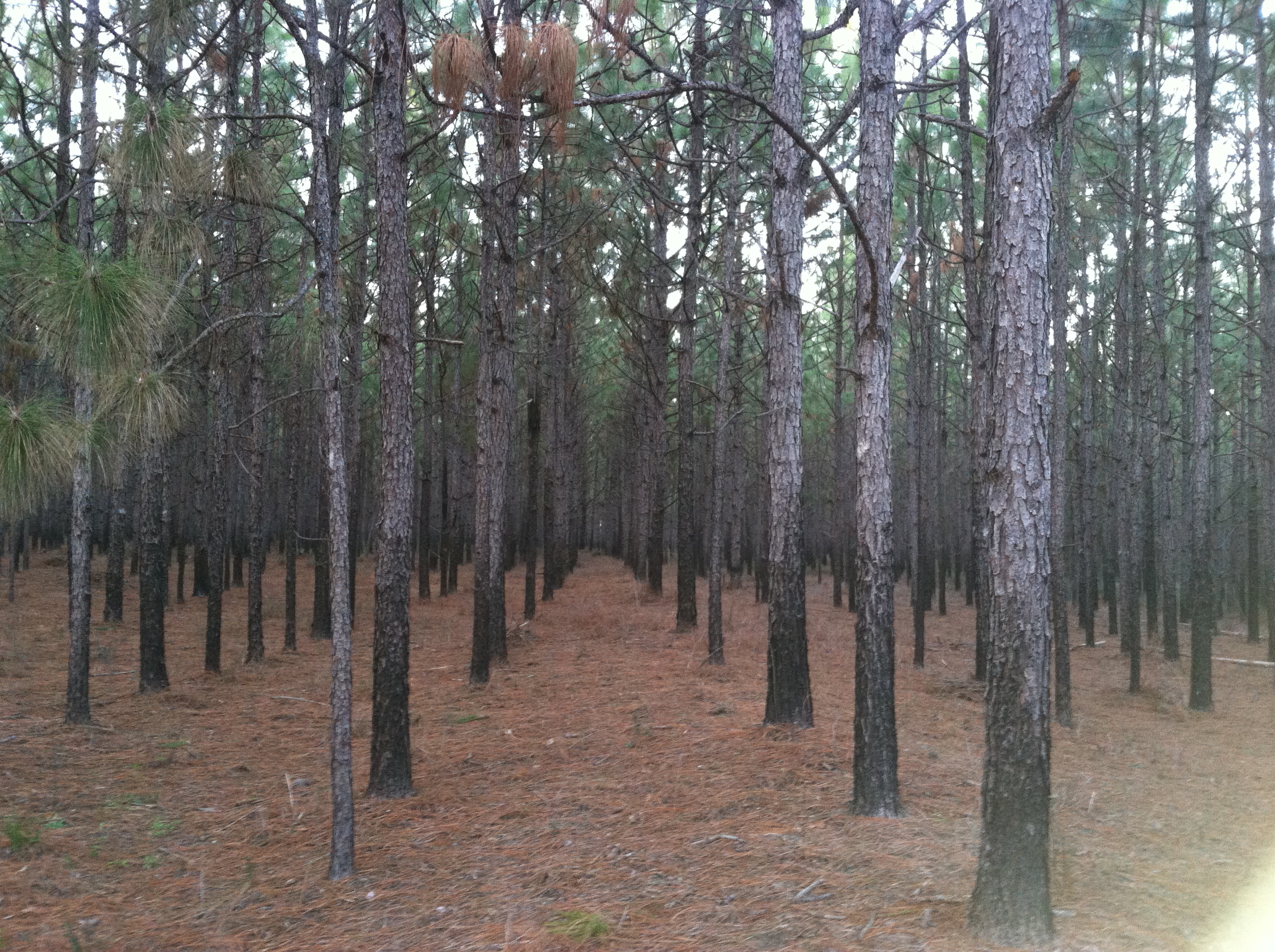 An Overview of Carbon Markets for Florida Forest Landowners
An Overview of Carbon Markets for Florida Forest Landowners
Payments for sequestering carbon in forests can be an important supplemental income source in the southern US which includes one-third of the contiguous US forest carbon stocks and supplies 16% of the world’s wood. It is difficult to understand the carbon market and certification options available to Florida forest landowners and the possible risks of participating in them. To address this need, UF/IFAS forest management specialists provide this overview of forest carbon markets in the United States as of 2014 and compare key features of the four major carbon offset certification options. This 9-page fact sheet was written by José R. Soto, Francisco J. Escobedo, and Damian C. Adams, and published by the UF Department of School of Forest Resources and Conservation, July 2014.
http://edis.ifas.ufl.edu/fr387
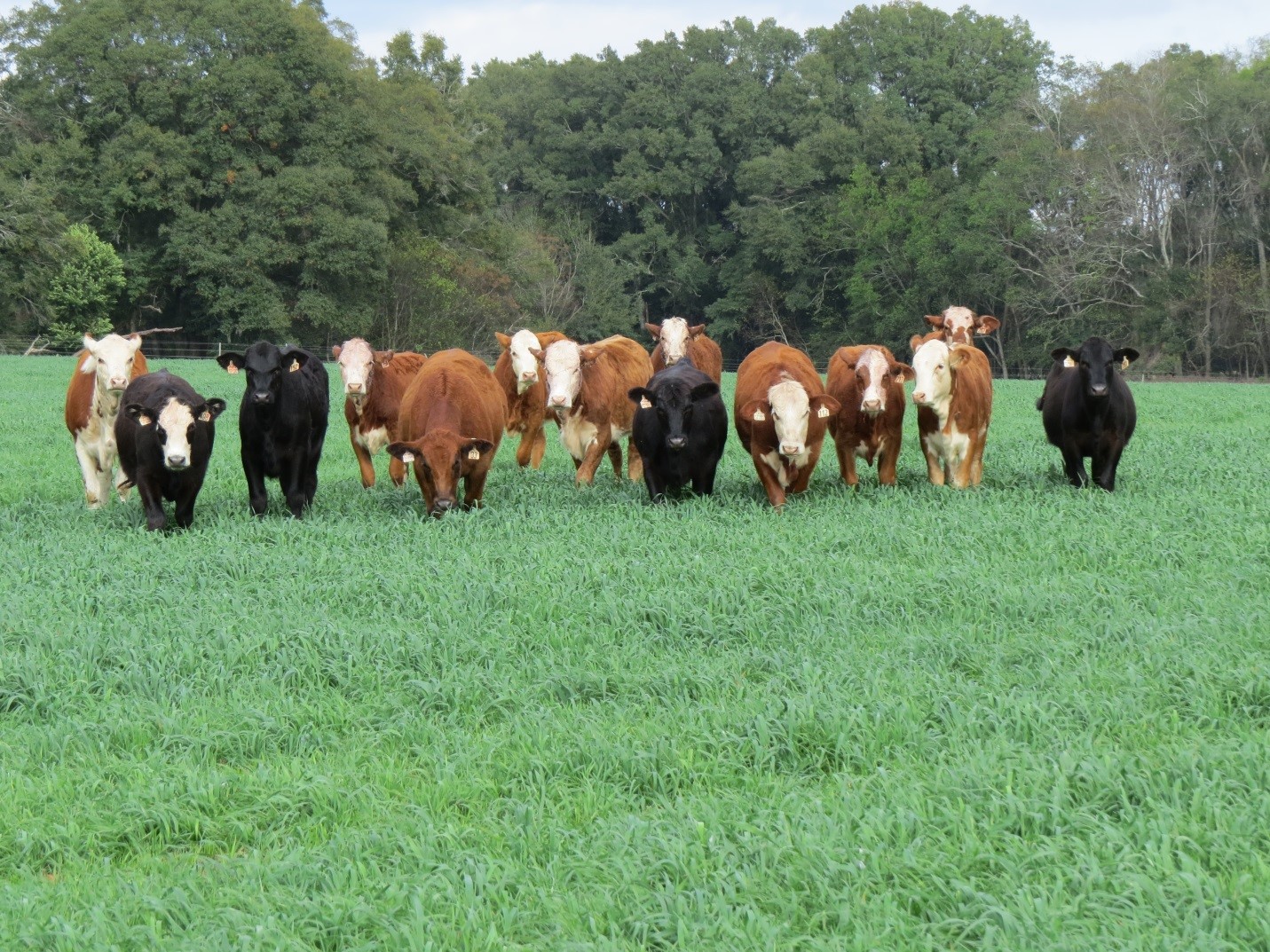
Replacement heifers on cool-season forages; North Florida Research and Education Center (NFREC), Marianna – FL. Photo by Jose Dubeux on Dec. 6, 2013.
2014 Cool-Season Forage Variety Recommendations for Florida
This 4-page fact sheet provides the most up-to-date information on current adapted varieties of cool-season forages. The recommendation of varieties is based on multi-location, multi-year cultivar evaluation experiments that may include trials in Georgia and other states. Table 1 includes information about the planting dates, seeding rates, and other considerations. If you have questions about a particular variety, contact your local UF/IFAS Extension agent for additional information. Written by A. R. Blount, J. M. B. Vendramini, J. C. B. Dubeux, Md A. Babar, K. E. Kenworthy, P. R. Muñoz,and K. H. Quesenberry, and published by the UF Department of Agronomy, September 2014. (UF/IFAS Photo: Josh Wickam)
http://edis.ifas.ufl.edu/aa266
Effect of Anovulation and Subclinical Endometritis on Fertility of Lactating Dairy Cows: Why Are Dairy Cows Not Getting Pregnant: Lack of Cyclicity, Uterine Disease, or Both?
Virtually all Holstein dairy cows have the first wave of follicle growth starting two weeks postpartum, with about 30% of these cows ovulating within 21 days in milk. This 3-page fact sheet presents the results of a recent paper that evaluated the individual and combined effects of anovulation and subclinical endometritis on reproductive performance of dairy cows. Written by Klibs N. Galvão and Achilles Vieira-Neto, and published by the UF Department of Veterinary Medicine-Large Animal Clinical Sciences, May 2014.
http://edis.ifas.ufl.edu/vm222
- Friday Feature:Ford Farms Featured on Local News Story about Peanuts - October 24, 2025
- September 2025 Weather Summary and Last Quarter Outlook - October 10, 2025
- What to See at the 2025 Sunbelt Ag Expo – October 14-16 - October 10, 2025

